
1 SYMBOLS OF SALVATION
Catherine of Aragon's choice of necklace and brooch enabled her to make a very public display of her piety
The jewels worn by Henry VIII's first wife not only say a great deal about her status but, more significantly, her character and values. In keeping with the fashion for low-cut gowns, Catherine's is lined with pearls and diamonds set in goldsmith's work. But it is her necklace and brooch- shown in this c1525 painting by Lucas Horenbout - that draw the most interest. Attached to the necklace of gold beads and clusters of pearls is an ornate tau cross - a T-shaped cross symbolic of salvation. Interestingly, Catherine's daughter, Mary, was later painted wearing a similar cross, as were Jane Seymour and Katherine Parr, reflecting each queen's piety.
Queens were expected to be pious, but Catherine's faith was personal too. Her jewels reflect a genuine and heartfelt devotion to God, and the tau cross was also associated with her favourite religious order, the Observant Franciscans. Her commitment to the Franciscans was reinforced by her choice of the IHS brooch pinned to her chest (IHS is an abbreviation of the Greek word for Jesus). IHS had been employed as a peace symbol since the 15th century, and by Catherine's time, it had become an integral marker of Catholic identity.
Catherine of Aragon is well known for being a principled woman with a strong religious faith. Her choices of jewellery reinforced this image by providing a platform from which she could make her piety public - and enduring.
2 THE A TO B OF STYLE
Anne Boleyn used jewellery to cultivate the image of a fiercely independent woman at the cutting edge of fashion
Diese Geschichte stammt aus der December 2022-Ausgabe von BBC History UK.
Starten Sie Ihre 7-tägige kostenlose Testversion von Magzter GOLD, um auf Tausende kuratierte Premium-Storys sowie über 8.000 Zeitschriften und Zeitungen zuzugreifen.
Bereits Abonnent ? Anmelden
Diese Geschichte stammt aus der December 2022-Ausgabe von BBC History UK.
Starten Sie Ihre 7-tägige kostenlose Testversion von Magzter GOLD, um auf Tausende kuratierte Premium-Storys sowie über 8.000 Zeitschriften und Zeitungen zuzugreifen.
Bereits Abonnent? Anmelden

Viking mussels
ELEANOR BARNETT digs into archaeological research to recreate a Viking-cum-AngloSaxon seafood dish from medieval York
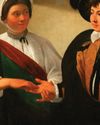
Fingers, frog's and fairies
Fortune telling was all the rage in the 16th and 17th centuries, and practitioners would stop at nothing to tap in to the supernatural. Martha McGill tells a story of Highland seers, tarot cards and encounters with the spirit world
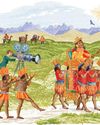
Nothing matches being with Alexander the Great on foot in the Hindu Kush
AT OUR LITTLE FILM COMPANY, MAYA VISION, we recently took the decision to digitise all of the rushes of our key films so that we could dispose of hundreds of boxes of tapes that had been kept in storage, throwing out stuff we thought we would never need again.

Library of the dead
Highgate Cemetery, created as a fashionable resting place for wealthy Victorian dead, is a veritable who's who of London's great and good. PETER ROSS roams the avenues of this most atmospheric necropolis
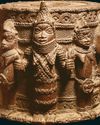
Slavery, exploitation and racism. These tragedies have long dominated histories of Africa. But there's another way to tell this story. And it's one that puts Africans right at the centre of their continent's extraordinarily rich and vibrant past
An 1414, in the Chinese city of Nanjing, a giraffe caused a stir. Amid a crowd of shocked, noble spectators, an official, leading the creature via a rope tied round its face, presented it to China's Yongle emperor. His officials said it was a qilin - an auspicious unicorn - which his sage governance had made appear.
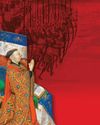
England's forgotten hero
When the Hundred Years' War was reaching a climax, one man was fighting tenaciously to secure the English claim to the French crown. So why, asks Joanna Arman, is Henry V's formidable brother, John, Duke of Bedford, not better known?
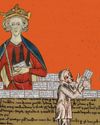
HENRY III AND THE MAGNA CARTA THAT MATTERED
King John's sealing of a charter at Runnymede in 1215 is one of the most feted moments of the Middle Ages. Yet, writes David Carpenter, it was the charter issued by his son 10 years later that became fundamental to England's history
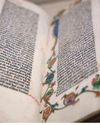
Gutenberg publishes a pioneering new book
‘The printing press triggers an information revolution
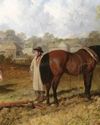
How empire ruptured rural Britain
We know that enslaved Africans and their descendants suffered in the distant colonies of empire. But, as Corinne Fowler explains, the colonial system also had dire impacts on people in the countryside of the 'motherland'
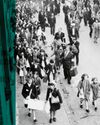
"I FELT VERY ALONE IN A WORLD GONE HORRIBLY MAD"
It was a moment of possibilities, dislocation and dread. Dan Todman tells the story of the 1.5 million urban Britons evacuated to the countryside at the start of the Second World War